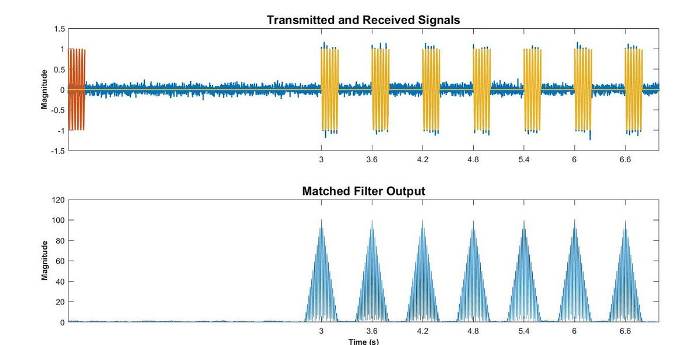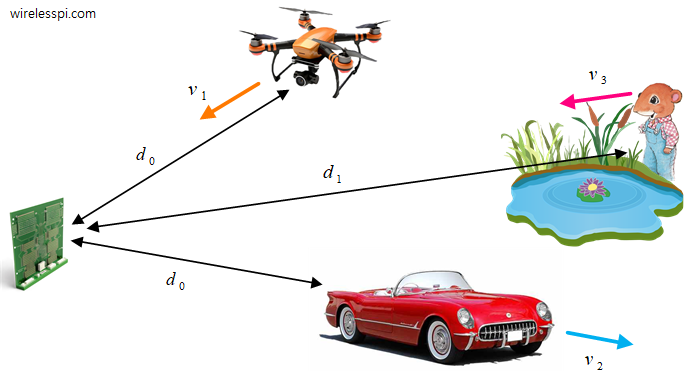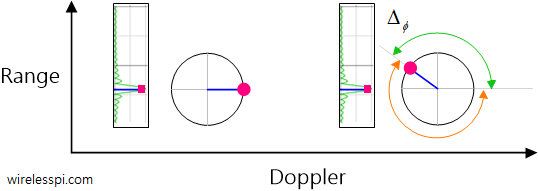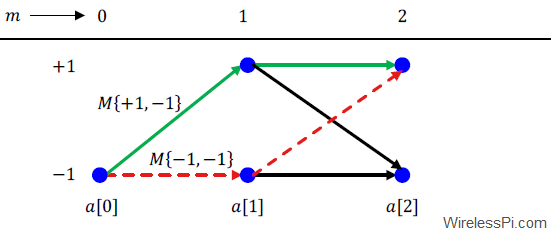This is Part 1 of a 3-Part series in which we describe how an FMCW radar finds the range of multiple stationary targets. In Part 2, we talk about estimating the velocities of several moving targets and their directions through forming a structure known as the radar cube. Part 3 presents system design guidelines for an FMCW radar. In his book Multirate Signal Processing, Fred Harris mentions a great problem solving technique: "When faced with an unsolvable problem, change it into one you can solve, and solve that one instead." We will see in this article how an FMCW radar
Continue reading



